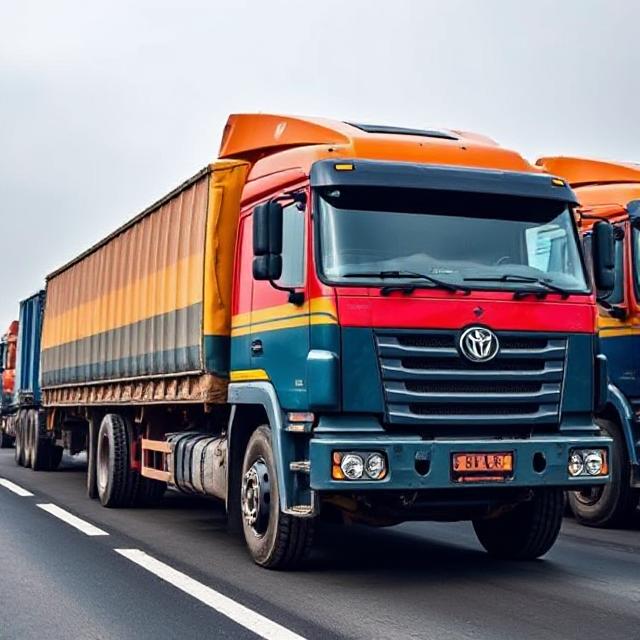Explore the top 7 challenges facing India’s truck industry — from driver shortages to regulatory hurdles. Understand what’s hindering growth and how the sector can evolve.
India’s Truck Industry: 7 Key Challenges You Should Know About
India’s trucking sector is the backbone of its economy, carrying over 60% of the country’s freight. Yet, this critical industry is grappling with systemic issues that hinder its efficiency and growth.
Here are seven key challenges that are impacting the Indian truck industry in 2025:
1. 🚛 Driver Shortage
India faces a growing shortage of trained truck drivers, with an estimated deficit of over 1 million.
- Harsh working conditions, long hours, and low wages make the profession unattractive.
- Younger generations are reluctant to join the sector.
- Lack of driver training schools limits the talent pool.
Impact: Trucks often remain idle, deliveries are delayed, and wages are rising unsustainably.
2. 🛣️ Poor Road Infrastructure
While national highways have improved, rural and secondary roads remain in poor condition.
- Potholes, narrow passages, and traffic bottlenecks increase transit time.
- Vehicle wear and tear rises, adding to maintenance costs.
- Safety risks increase due to poor lighting and signage.
Impact: Lower productivity, higher operational costs, and increased accident risks.
3. ⛽ High and Volatile Fuel Costs
Fuel accounts for a major portion of operating expenses, and frequent price hikes hurt profitability.
- Diesel prices remain unpredictable.
- CNG is cheaper but lacks infrastructure for long-haul routes.
- Fuel efficiency is affected by poor roads and overloading.
Impact: Margins shrink, especially for small fleet operators.
4. 🧾 Complex and Fragmented Regulations
Trucking companies face different rules across states, making cross-border transport complex.
- Toll taxes, permit requirements, and e-way bills vary.
- Harassment and corruption at checkpoints remain issues.
- Delays due to compliance errors are common.
Impact: Wasted time, added costs, and administrative headaches.
5. 🧰 Outdated Fleet and Maintenance Challenges
A large portion of Indian trucks are over 10 years old and poorly maintained.
- Older vehicles are less fuel-efficient and more polluting.
- Frequent breakdowns disrupt schedules.
- Access to quality repair and maintenance services is inconsistent.
Impact: Higher downtime and lower fleet reliability.
6. 📉 Low Technology Adoption
India’s trucking industry remains largely unorganized, especially among small and mid-sized fleet owners.
- Limited use of fleet management systems, GPS, or telematics.
- Manual processes dominate booking, billing, and tracking.
- Poor data insights make operations less efficient.
Impact: Missed opportunities for optimization and cost savings.
7. ⚖️ Policy Gaps and Lack of Support
Despite new schemes, many policies lack clarity, enforcement, or incentives for truckers.
- Transition to green mobility is underfunded.
- Government schemes don’t reach small operators effectively.
- No comprehensive national trucking policy yet.
Impact: Sector growth remains reactive, not strategic.
🔍 Conclusion
India’s truck industry is crucial to national logistics and economic growth, but it is weighed down by legacy challenges. To move forward:
- We need investment in infrastructure
- Support for driver welfare and training
- Simplified regulatory frameworks
- Stronger push for technology and sustainability
Addressing these issues won’t just benefit fleet owners — it will strengthen India’s supply chain resilience and global competitiveness.
Target Keywords:
- challenges in Indian trucking industry
- truck industry problems India
- logistics sector issues India
- transport infrastructure challenges India
- fleet management problems India
- driver shortage in India
- Indian road transport issues

